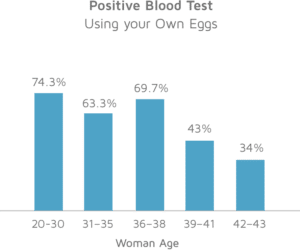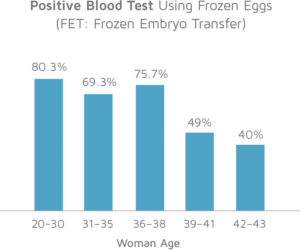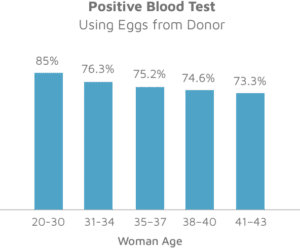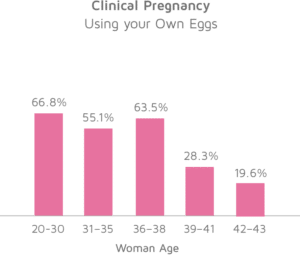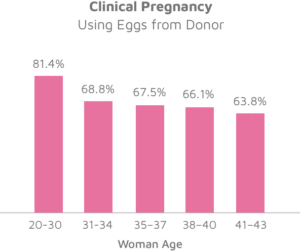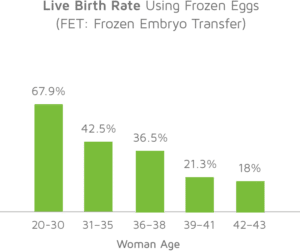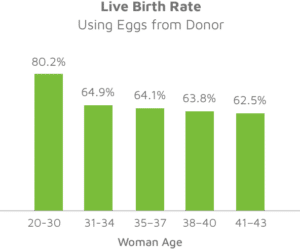Clinical Results
Understanding Success Rates
You can compare In Vitro Fertilization services by examining each clinic’s statistical data. Be sure to compare similar statistics, since fertility clinics calculate success rates in different ways.
Fertility clinics use several different ways to measure success, depending on the stage of the procedure that the couple reaches. Because of the differences, these published success rates can be misunderstood and misleading when used to compare clinics or to understand your odds of conceiving. You can get a better picture of a clinic’s success by examining the pregnancy rates for all stages of treatment.
The most important statistic to examine is the “live-birth” or “take-home baby” rate per cycle started. This will tell you how many women ultimately take home a baby based on the number of women who start treatment. Ask whether the statistics refer to cumulative cycle data or current cycle data. Always ask for documentation and a breakdown of the data by age and diagnosis, so that you can compare the statistics to your own situation.
We want you to relax and savor every moment of this exciting time in your lives. We’ll be with you every step of the way to help you enjoy your time with us and to help you prepare for your fertility treatments. Our dedicated team of doctors, nurses and embryologists understands the needs of our international couples and is sensitive to the needs of single parents and LGBT patients. Our patients come from diverse backgrounds, and range in age from 20 – 49 years old. We’ll do our best to find the cause for your infertility and will work to provide a solution that helps you conceive.
Positive Blood Test is the result of the serum beta human chorionic gonadotropin (β-hCG) pregnancy test.
Clinical Pregnancy progresses to the point of ultrasound confirmation the stage where a gestational sac is seen on ultrasound examination.
Live Birth Rate also called the Take-Home Baby Rate is the percentage of all cycles that lead to live birth.
The live birth rate is always lower than the pregnancy rate (positive blood test or clinical pregnancy). This is because, just like naturally conceived pregnancies, some assisted pregnancies sadly end in miscarriage or loss.
In the diagrams provided below you can see our success rates grouped by age (last update: May 2020).

